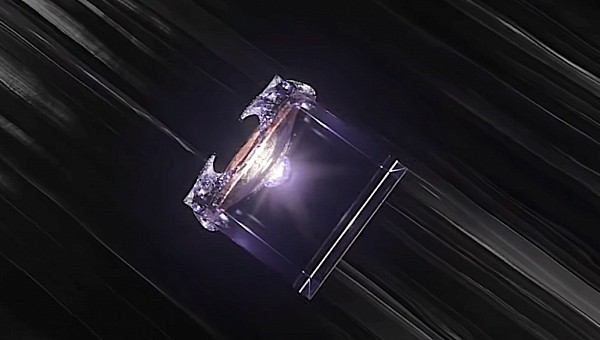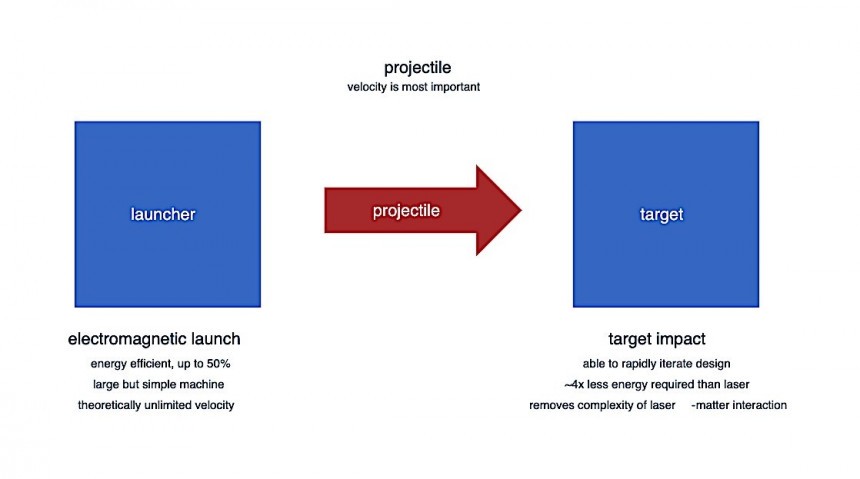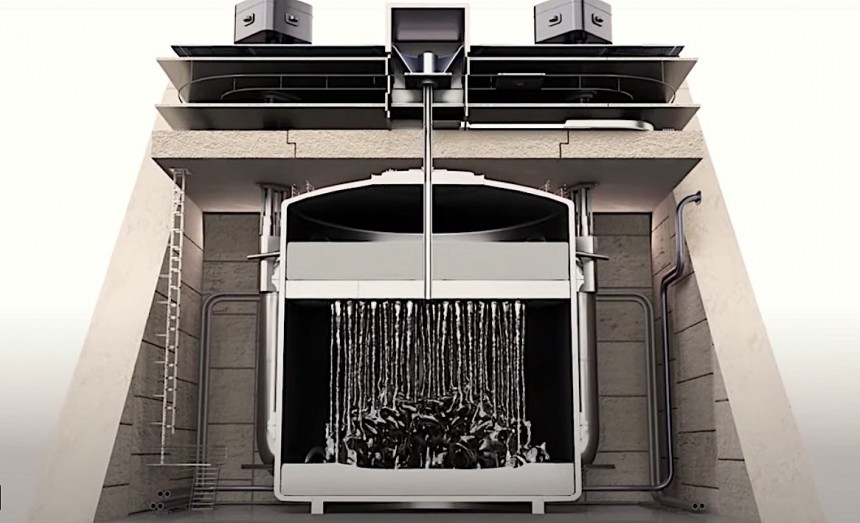Nature is a wonderful and bottomless source of inspiration for the inventors of our world, and there are so many technologies that have been created after studying creatures and natural processes that it’s impossible to list them all in a decently-sized story. We’ll only focus on one of them today, a new method of inertial fusion being cooked up by a crew called First Light Fusion.
First Light Fusion was born from the minds of Oxford scientists with a single stated purpose: “solving the problem of fusion power with the simplest machine possible.” A machine, believe it or not, inspired by the nature's own pistol shrimp.
That would be a creature included by National Geographic on the list of the world’s deadliest (check the first video below), despite being no bigger than a human finger. And that's mostly because one of the claws it is gifted with works pretty much like a handgun, with deadly effects.
When it spots prey, the shrimp snaps the claw shut with such force that a sort of bubble bullet comes out the other end, moving at speeds of up to 62 mph (100 kph). When it bursts near the prey, it stuns it, turning it into the shrimp’s meal.
First Light Fusion says that in the process of forming and shooting out the claw, the vapors inside the bubble are “heated to tens of thousands of degrees.” That’s just a fraction of what it takes to achieve inertial fusion (millions of degrees are needed), but the concept could work for this application as well.
That’s why the group is proposing a machine that instead of firing a laser at the fuel to achieve fusion, it’ll fire a high-velocity projectile. That’s right, a projectile.
The group calls this approach simpler, more energy efficient, and with a lower physics risk than other designs being considered. The idea is rather simple: a projectile is fired from either light-gas guns or electromagnetic launchers, that provide theoretically unlimited speed, and it hits a target comprising an amplifier and the fuel capsule itself. As a result of the impact, the fuel should fuse, releasing vast amounts of energy in the process.
The amplifier in the target is used to boost the impact pressure after the projectile hits, making the fuel ignite much faster. Then, it also helps the impact squash the fuel from all sides to the point of implosion, no matter from where the projectile hits.
First Light Fusion imagines a fusion power plant (third video below) where both the target and the projectile would launch downwards into the same reaction chamber. The theory is the projectile would catch up with the target at just the right moment to have the maximum effect, which is at the center of the reactor’s chamber. The chamber itself would be protected from the vast release of energy released with the help of liquid first wall, among others.
The imagined reactor should prevent neutron damage from the fusion process, would produce tritium (the fusion fuel in this case), and would be able to take extreme heat. The only byproduct of the process would be helium.
We have no idea what the projectiles or targets actually are. The company says that, at least as targets are concerned, we’re talking about closely guarded trade secrets. We also have no info on when this thing could become a reality.
First Light Fusion does however say it targets to have ready a 150 MW power plant capable of firing a projectile every 30 seconds. The estimated cost for the plant is less than $1 billion, at least at the time of writing.
That would be a creature included by National Geographic on the list of the world’s deadliest (check the first video below), despite being no bigger than a human finger. And that's mostly because one of the claws it is gifted with works pretty much like a handgun, with deadly effects.
When it spots prey, the shrimp snaps the claw shut with such force that a sort of bubble bullet comes out the other end, moving at speeds of up to 62 mph (100 kph). When it bursts near the prey, it stuns it, turning it into the shrimp’s meal.
First Light Fusion says that in the process of forming and shooting out the claw, the vapors inside the bubble are “heated to tens of thousands of degrees.” That’s just a fraction of what it takes to achieve inertial fusion (millions of degrees are needed), but the concept could work for this application as well.
The group calls this approach simpler, more energy efficient, and with a lower physics risk than other designs being considered. The idea is rather simple: a projectile is fired from either light-gas guns or electromagnetic launchers, that provide theoretically unlimited speed, and it hits a target comprising an amplifier and the fuel capsule itself. As a result of the impact, the fuel should fuse, releasing vast amounts of energy in the process.
The amplifier in the target is used to boost the impact pressure after the projectile hits, making the fuel ignite much faster. Then, it also helps the impact squash the fuel from all sides to the point of implosion, no matter from where the projectile hits.
First Light Fusion imagines a fusion power plant (third video below) where both the target and the projectile would launch downwards into the same reaction chamber. The theory is the projectile would catch up with the target at just the right moment to have the maximum effect, which is at the center of the reactor’s chamber. The chamber itself would be protected from the vast release of energy released with the help of liquid first wall, among others.
We have no idea what the projectiles or targets actually are. The company says that, at least as targets are concerned, we’re talking about closely guarded trade secrets. We also have no info on when this thing could become a reality.
First Light Fusion does however say it targets to have ready a 150 MW power plant capable of firing a projectile every 30 seconds. The estimated cost for the plant is less than $1 billion, at least at the time of writing.















